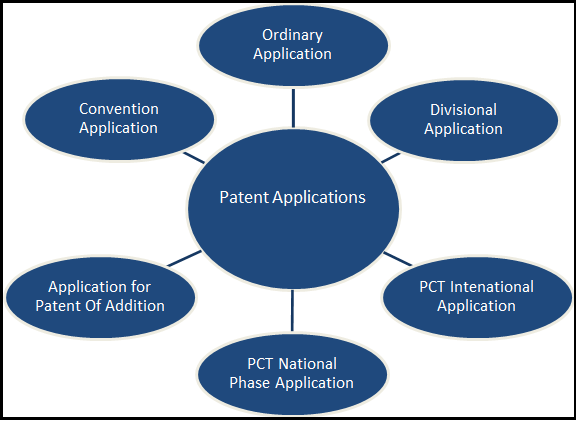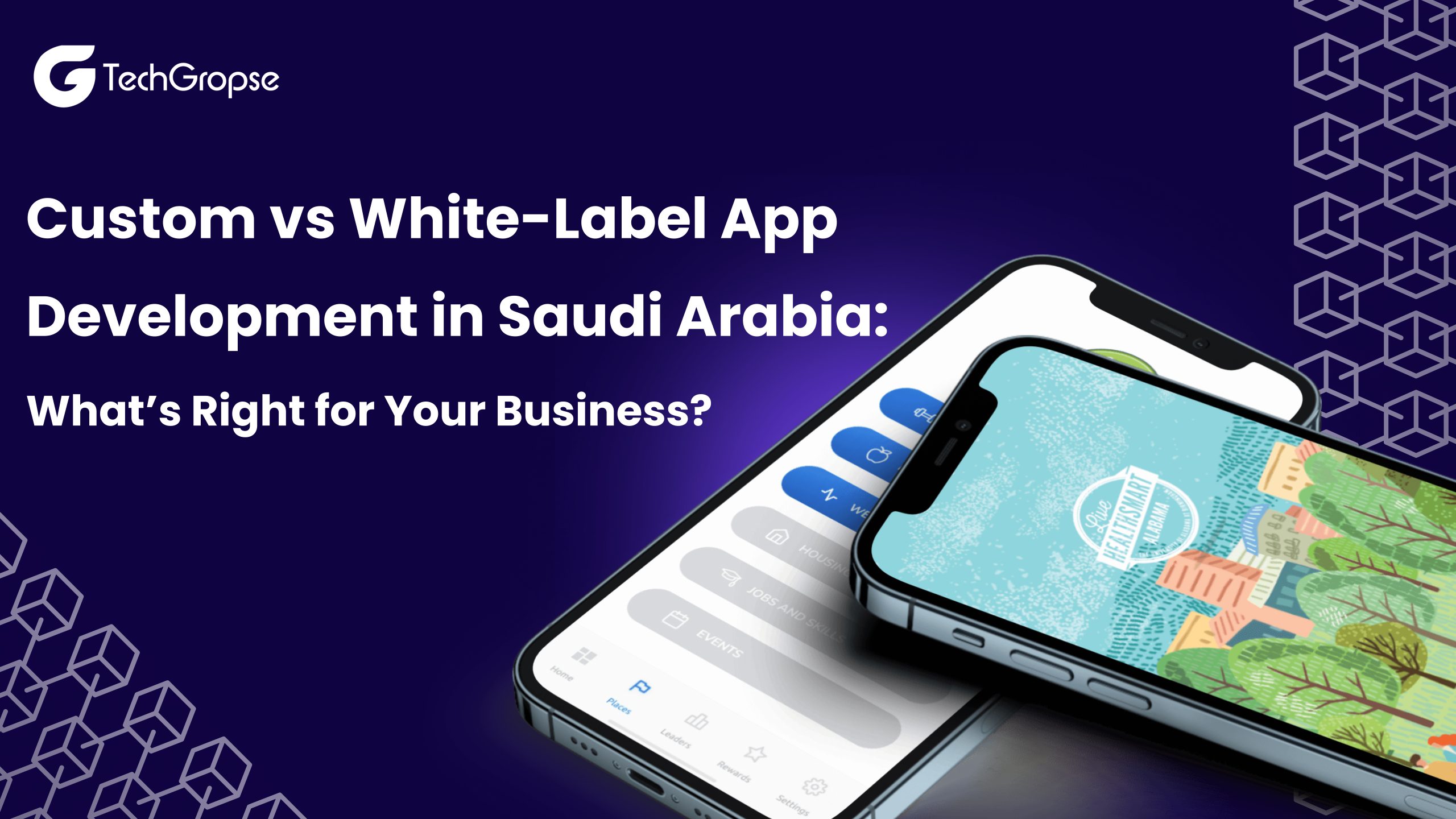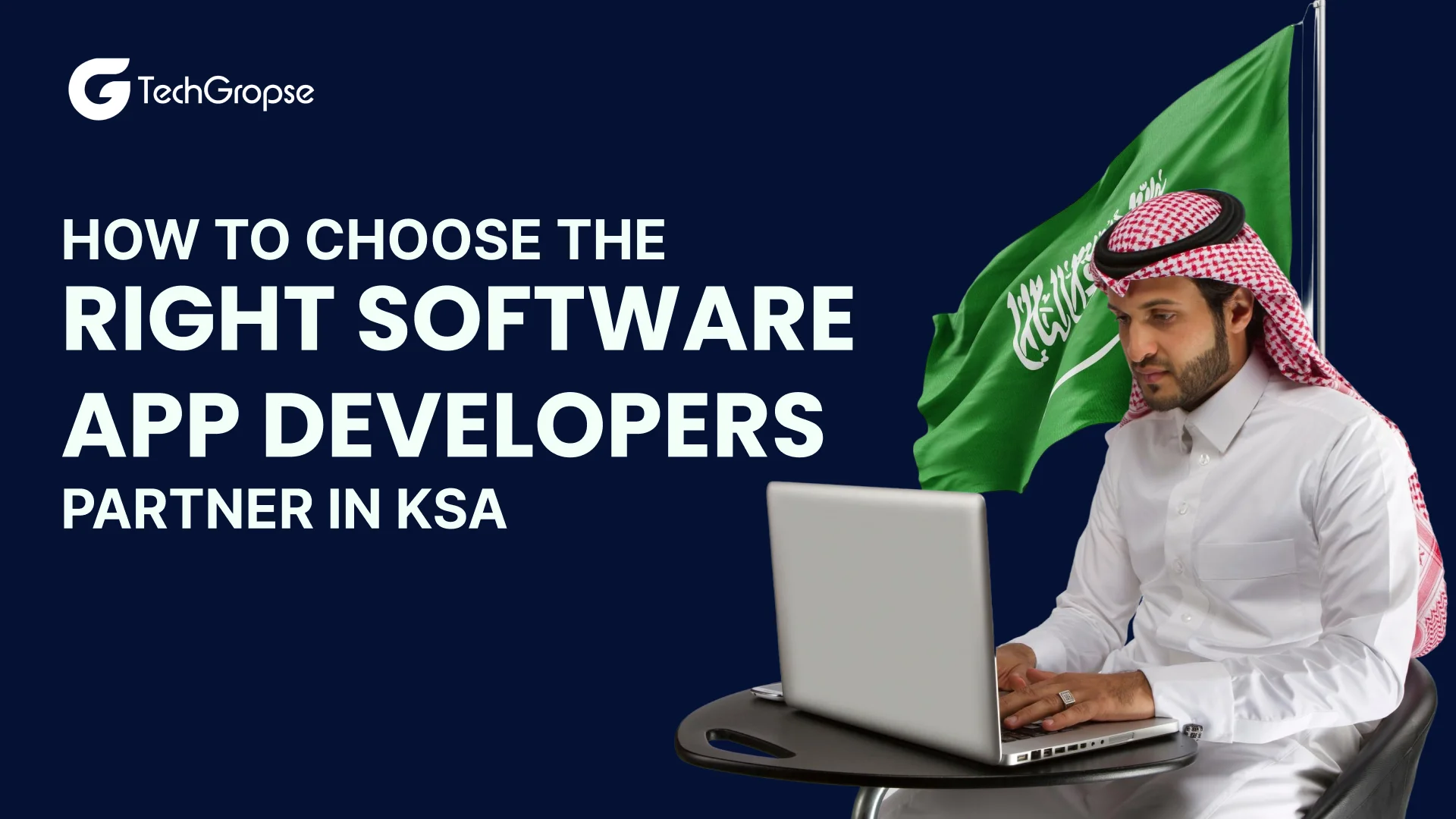Do you have a great idea for a mobile app but are also a little worried that someone else could steal it and use it before you know it? If so, there is no longer a reason for concern.
Here’s what you need to do to safeguard your app concept before you start pitching it to the copycats and priers- Patent your app idea and shield it from all sorts of idea thieves.
Yes! By patenting an app, you can prevent someone from stealing your unique app idea. Your ideas for mobile apps are protected by intellectual property laws including copyright, trademarks, and patents. Furthermore this also ensures that your idea is unique and your sweating isn’t wasted while working on an idea that has already been developed by a leading on demand app development company.
Now you might be wondering how exactly you can patent an App and protect it from being stolen? Save this article for later- this is going to help you learn everything about how you can patent an app, the time it could take, the cost it includes, and more.
What Exactly Does it Means to Patent an App?
To patent an app means privilege granted to a person or business to safeguard their innovation. It is sometimes referred to as exclusive rights over an item or concept granted by the government. Every best on demand app development company will advise you to patent an app. No one can copy, steal, or sell your concept after it has been patent protected. With a patent, you have complete authority over your creation as it is currently construed by the law.
Similar principles apply to patenting mobile apps or app ideas. However, the only requirement is that your concept must be innovative and revolutionary.
Once your app concept has been granted a patent, it will be protected by WIPO’s intellectual property rules. If someone else wants to use your app concept, they must first get your permission.
There are three main aspects that come with the patent app:
- Only you can assert benefits or earnings from your app concept.
- Since it’s your app idea it must be only and only you who can grant permission to use your app.
- No company or business should have the liability to be able to sell it or use it.
Only once you patent a mobile app you should get on to the app development phase and hire dedicated developers to complete your project.
Different types of Patent App

To patent an app you should take into consideration different types of app filings. This will help you immensely in the coming future, we have mentioned different types of patent apps below-
1. Provisional Applications
One of the most popular and straightforward ways to submit a pattern application to safeguard your mobile app concept or the application itself is through the provisional application procedure.
This method is widely used in almost all of the economies with a purpose to safeguard innovation and creativity. You do not require any legal compliance for an app that is provisional. Consider this an informal way to guarantee the safekeeping of your unique app idea.
With this method you can save time and cost since you do not need to spend hours on legal formalities and implications. With this process you can file your app without any formal declaration. You are given 12 months to come up with a prototype. It gives you the provisions to use the ‘patent pending’ term on your product. As compared to other types it also costs less.
2. Non-Provisional Applications
With this patent app type you guarantee your app for protection of your mobile app idea. But this is a difficult procedure.
Let’s say someone wants to submit a non-provisional application to patent a mobile app or app concept. In that scenario, they must be well aware of the fact that this strategy would need more complicated legal requirements that must be complied with before gaining access to the patent.
A significant number of legal issues need to be meticulously documented. A single mistake might lead to significant pressure and unbalance throughout the patent application procedure. In contrast to the temporary application, it takes more time and costs money.
Eligibility To Patent an App
To be able to Patent an app you must make sure that your app meets the three main requirements. The following three criteria will decide if your patent application is accepted:
1. Should be an Invention
Patents often provide protection for inventions. A patent is described as “an innovation that is defined as a solution to any problem” by the World Intellectual Property Organization (WIPO).
As we can all tell, the app concept doesn’t categorize under a real entity. To patent an app you must make sure that it solves a problem of the modern world.
2. Innovative and Unique
Just because an app concept fixes a human issue doesn’t make it patentable. Your app’s idea needs to be unique and original.
In other words, you must make sure that your app idea has never been highlighted in a public document like books, pending patent app, over any blog, video contents or other new age information sources.
You cannot get a patent if the invention is not unique and has not already been protected by a patent. Talking about an example you will not be able to patent an app like airbnb that provides accommodations to hundreds of people with a single tap but since it’s a clone of an app, you will not be able to patent an app like that.
3. Your App should be Useful
The third eligibility criteria to patent an app is that the app must be useful. This doesn’t mean that your app can not be entertaining. All it implies is that your app should function with principles.
This restriction prevents individuals from patenting an app that isn’t as beneficial as it needs to be. As a result, in order to assert control over the app, a detailed and clear description of how it operates must be created.
Another significant criteria that you must complete independently is making sure that you are the sole innovator of the app you need to patent. If you wish to know that your app has already been patented or not you can take a look at current pending patent apps.
The USPTO advises performing an advanced search to find related items using its Cooperative Patent Classification.
You can search this database to determine whether your app idea has previously been patented because the United States Patent and Trademark Office (USPTO) has an extensive database of all published and pending patents.
If you need help discovering published and pending patents, you can watch a step-by-step video tutorial on how to do research. If you need to access international patents, you can do so with the IPC Catchword Index that you can get from the World Intellectual Property Organization.
How to Patent An App?
Following are the steps you need to follow to patent an app-
1. Search For a Patent Advocate
You require a well-written document that details all of the patent’s terms and conditions in order to allow your patent application to be submitted. In order to accomplish this, you must engage a software patent lawyer.
Additionally, confirm that the person you recruit has first-hand knowledge in patenting ideas. It is advised to have the software pattern lawyer handle it because it is a legal procedure and might include some litigation. Make thorough study before choosing the finest patent attorneys for you.
2. Unleash your Mobile App Idea
An idea is the first step towards a great invention. But if you want to go forward, you have to focus on making this concept a reality.
Securing the app idea is the first step towards doing that. Make sure your app concept is practical and meets the requirements to be eligible for patenting before moving further with it.
To secure a mobile app’s patent, the court requests a document that details the full development process. You can even create a prototype of your proposed mobile app to test the functionality.
This brings up a crucial point for patenting software. Therefore, it is beneficial for your software attorney to completely understand the functionality and value of your programme.
3. Do your Patent Research
You might have already done your part on the research front but it is still imperative that one of your patent lawyers conducts a thorough research professional.
The next step is to do a thorough and appropriate patent search after consulting a patent attorney and disclosing your mobile app concept.
To prevent any concerns later from any person or company, your attorney searches for apps with identical functionality or processes when conducting the patent search. Your patent will be authorized swiftly thanks to our patent search. This is a crucial step when you patent an app.
Giving your attorney the list of resources you have gathered for research can help support your case as well.
4. File your App- Provisional/ Non-Provisional
Provisional and non-provisional patent applications are the two forms of patent applications that you can choose to patent an app (we have already discussed the types).
Non-provisional patents are the ideal option for you if you want your patent to be issued more quickly. You can choose provisional apps if you want to save money and time. On the other hand if you need your app to be examined you should opt for non-provisional.
5. File your App
This is the most important phase in the process to patent an app. The key and final step in filing a patent application is submitting your application. You must submit now that you have properly completed all of the mentioned stages.
Just a heads up that this method is entirely paper-based and quite time-consuming. However, there is no other choice except to give it your whole attention. Here is a list of all the paperwork you must compile in partnership with your patent attorney before submitting your application.
- Oath
- Specification
- Entity Status Form
- Fee Sheet
- Application Data Sheet
- Drawings
- Claims
- Patent Cooperation Treaty
- Cover Sheet
- Information Disclosure Statement
Conclusion
So this was our take on explaining how to patent an app. This task is said to be easier than done, and includes a lot of procedures and work.
If you have any questions about how to build an app, how to turn a concept into an app, or how much it costs to develop an app, you can contact us. As a leading mobile app development company we have solutions for every idea and we provide the best possible mobile app development services.
Partnering with a trusted mobile app development Atlanta GA team can help bring your patented app idea to life with the right technical expertise and features.








